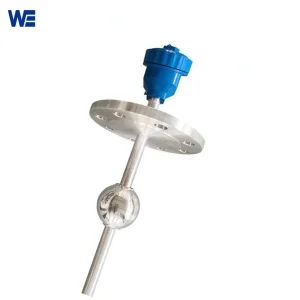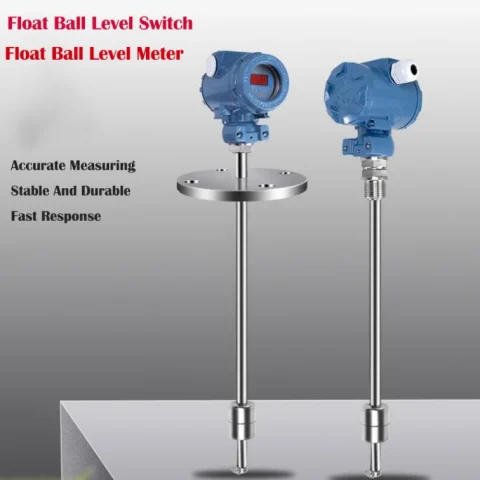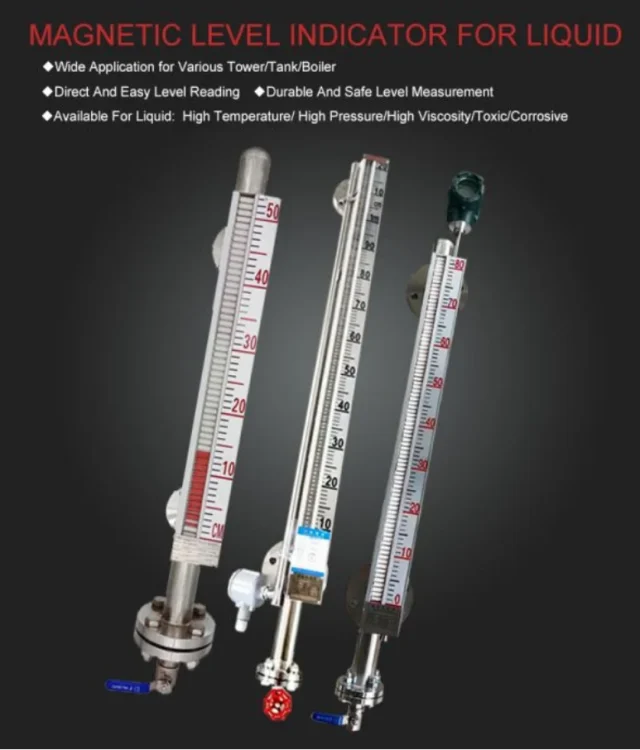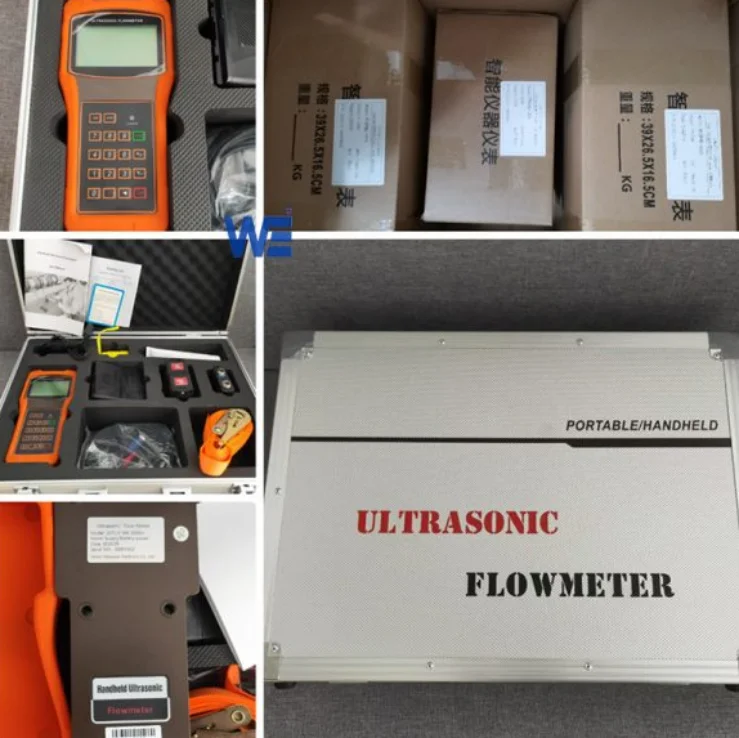- Have any questions?
- +86 15953537010
- admin@wepower-electronic.com
Overview of a Float Ball Level Switch
A float ball level switch is a key tool for checking liquid levels in many uses. It works using buoyancy, a principle where a ball floats and moves with the liquid. This movement signals if the liquid is high or low in tanks. The device is simple but works well. It is widely used in industries needing accurate liquid control.
Key Components of a Ball Float Switch
A ball float switch has a few main parts that work together:
- Floating Ball: This part rises or falls with the liquid level.
- Reed or Micro Switch: This sits inside and reacts to the ball’s movement. It sends an electric signal.
- Connecting Rod: This ties the floating ball to the switch system.
- Enclosure and Mounting Hardware: These keep the device safe and make it easy to attach to tanks or pipes. These parts team up to ensure steady and correct liquid level checks.
Fundamental Working Principle of a Ball Float Switch
The way a float ball level switch works is simple yet smart. The liquid level goes up or down. The floating ball moves with it because of buoyancy. This movement turns on a reed switch or micro switch inside the device. For example, in a high-level alarm, the liquid rises and touches the float. This changes the float’s position. Then, it sends a signal. For low-level alarms, the liquid drops. The float moves down too. This creates a different signal.
Applications of a Float Type Level Switch in Different Industries
Magnetic float level switches are vital in many fields because they are flexible and dependable.
Common Uses in Liquid Level Monitoring
Industries like oil, water treatment, food making, and power plants use these switches a lot. They help with tasks like:
- Keeping the right levels in storage tanks.
- Sounding alarms for too much or too little liquid.
- Running pumps to avoid dry running or overfilling. They work with many liquids, from clean water to thick or harsh ones.
Importance in Industrial Automation Systems
Automation in industries depends on tools like reed type level switches. These devices connect easily with systems called programmable logic controllers (PLCs). They help respond to liquid level changes automatically. For instance:
- In chemical plants, they keep mixing ratios steady by controlling fluid levels.
- In power plants, they watch coolant levels to stop overheating. Their small size and standard connectors make them simple to set up and care for.

Advantages of Using a Float Ball Level Switch
Float ball level switches are popular because they offer many benefits.
Reliability and Durability in Various Environments
These switches perform well in tough conditions:
- They work even in rough settings with bubbles, foam, or shaking.
- Made from strong materials like stainless steel, they resist rust and damage.
- Their design handles thick liquids or those with bits in them without issues. For example, Wepower Electronic’s side-mounted float level switches show these strengths. They blend simple design with features for many uses.
Cost-Effectiveness and Maintenance Benefits
These devices save money in several ways:
- They don’t need adjustments and are easy to install.
- With few parts that wear out, they need little upkeep.
- They last a long time, cutting down on replacement costs. Wepower Electronic’s side-mounted float level switches are a great example. They combine ease with advanced features for different needs.
Frequently Asked Questions (FAQs)
Q: What types of liquids can float ball level switches handle?
Float ball level switches work with many liquids. These include clean water, thick fluids, harsh chemicals, and bubbly solutions. Materials like SUS304/316 stainless steel ensure they suit specific needs.
Q: How do environmental factors change float ball level switch performance?
Things like extreme heat, high pressure, rough liquid movement, foam, or thickness can affect performance. Proper setup helps reduce these issues.
Q: Can float ball level switches be used in food-grade applications?
Yes! Many models have clean connectors that meet food industry rules. They ensure safe monitoring without contamination.
Q: Are these switches hard to maintain?
No! Float ball level switches need little upkeep. Regular cleaning and checks keep them working well for a long time.
Q: How do I learn more about Wepower Electronic products?
Wepower Electronic provides solutions for many industries. Contact us today to explore our wide range of automated tools!
Wepower Electronic has served clients worldwide since 2003 from its base in Yantai. We offer expert technical help around the clock on workdays. This ensures our customers get great support at every step. Reach out now to explore our full range of automated instruments!





